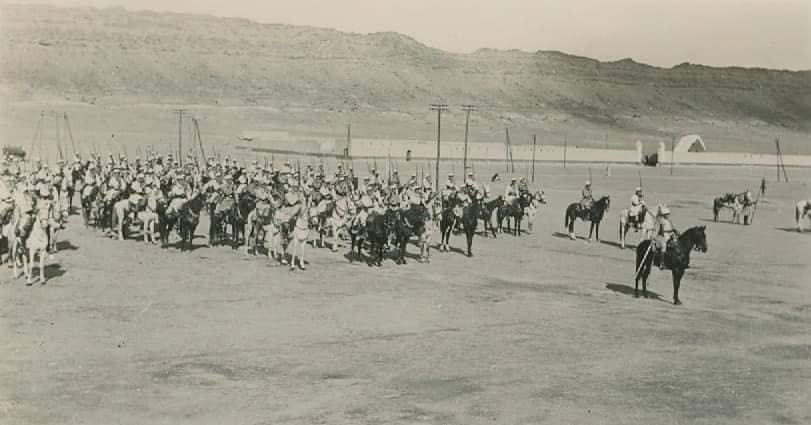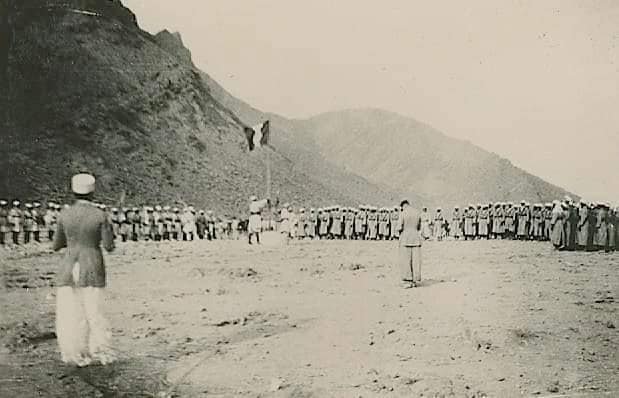Amazigh
Examining Amazigh Activism: Voices for Change

Amazigh activism represents the efforts of the indigenous Amazigh (Berber) people of North Africa to preserve their language, culture, and rights. From Morocco to Algeria, Tunisia, Libya, and beyond, Amazigh voices are rising to ensure their identity is celebrated and protected. This movement not only highlights the resilience of the Amazigh people but also inspires global conversations about indigenous rights, cultural preservation, and social justice.
In this article, we examine the history, milestones, and impact of Amazigh activism while exploring the role of Amazigh women and modern movements like “Me Too in Moroccan Amazigh.”
The Roots of Amazigh Activism
Amazigh activism began as a response to cultural marginalization. Despite being the region’s original inhabitants, Amazigh communities have faced policies that limited the use of their language, Tamazight, and restricted the expression of their cultural identity.
Key Milestones:
- Tamazight Language Recognition: After decades of activism, Tamazight was recognized as an official language in Morocco (2011) and Algeria (2016), a major victory for the movement.
- Cultural Celebrations: The revival of traditional Amazigh festivals, such as Yennayer (Amazigh New Year), showcases the community’s cultural pride.
Voices of Amazigh Women in Activism
Amazigh women have played a critical role in activism, advocating for gender equality alongside cultural preservation. Their contributions include:
- Art and Storytelling: Women create traditional crafts like Amazigh jewelry and textiles, preserving the cultural heritage.
- Leadership: Women have been vocal in movements like “Me Too in Moroccan Amazigh,” addressing issues of inequality and amplifying their voices in the fight for justice.
Spotlight:
Modern Amazigh women activists are leveraging social media and global platforms to share their stories and challenge stereotypes, inspiring younger generations to continue the fight for equality and cultural pride.
Modern Amazigh Movements
The Amazigh activism landscape is evolving with new platforms and strategies to reach broader audiences.
Cultural Revitalization:
- Education Initiatives: Activists are advocating for Tamazight to be taught in schools, ensuring the next generation retains their linguistic heritage.
- Media Representation: Films, music, and literature showcasing Amazigh stories are gaining international attention.
Social Media:
Social platforms have become a powerful tool for spreading awareness, connecting activists, and celebrating Amazigh culture. Hashtags like #AmazighActivism and #MeTooInMoroccanAmazigh have united communities worldwide.
The Challenges of Amazigh Activism
Despite progress, the movement faces significant challenges, including:
- Policy Implementation: While Tamazight is officially recognized, integrating it into education and governance remains slow.
- Cultural Erasure: Modernization and globalization threaten to dilute Amazigh traditions.
- Social Barriers: Activists often contend with resistance and lack of resources to sustain their efforts.
Supporting Amazigh Activism
Everyone can play a role in supporting Amazigh activism:
- Learn and Share: Educate yourself about Amazigh history, culture, and current struggles. Share this knowledge with others.
- Support Amazigh Artisans: Purchase traditional crafts like Amazigh jewelry to support local communities.
- Attend Cultural Events: Participate in Amazigh festivals and events to show solidarity and appreciation for their heritage.
The Role of Amazigh Cuisine in Activism
Amazigh food plays a unique role in cultural preservation and activism. Events showcasing dishes like couscous and tagine create opportunities to share stories of heritage. Modern innovations like the Amazigh food truck menu bring the flavors of the Amazigh to urban settings, fostering cross-cultural connections.

Global Recognition of Amazigh Activism
The Amazigh movement has gained international attention, aligning with broader indigenous rights campaigns. As the world becomes more conscious of preserving cultural diversity, Amazigh activism serves as a model for resilience and unity.
Organizations and individuals around the globe are increasingly supporting Amazigh causes, highlighting the importance of protecting indigenous identities.
Final Thoughts
Amazigh activism is a testament to the strength of a people determined to preserve their heritage and fight for equality. From advocating for Tamazight language rights to addressing social issues through movements like “Me Too in Moroccan Amazigh,” the Amazigh community continues to inspire.
By amplifying these voices and engaging with their culture, we can contribute to a world that values and respects all identities. Together, we can celebrate the beauty, resilience, and progress of the Amazigh people.
